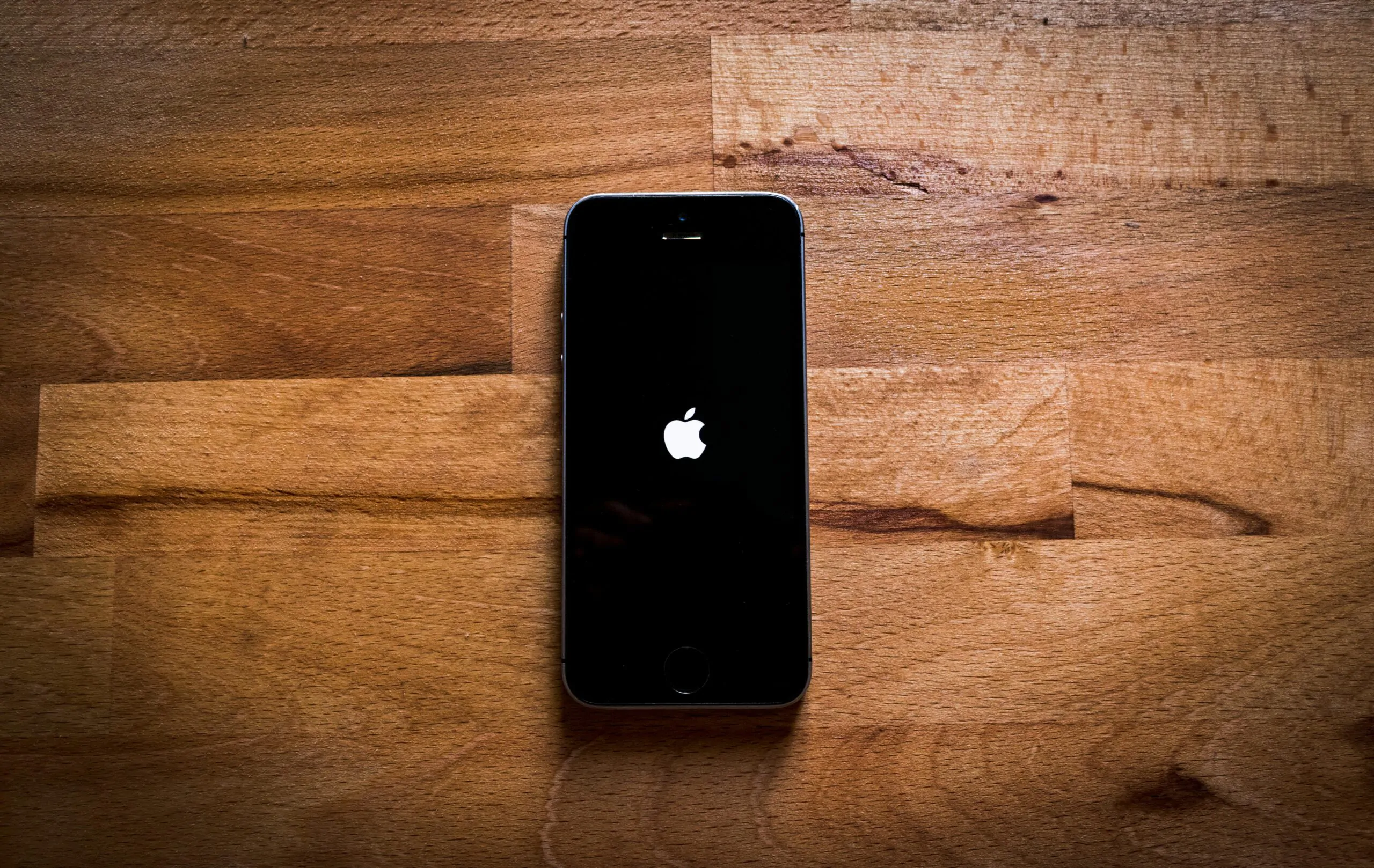In today’s age, if you are looking to buy a top-of-the-line laptop, the latest smartphone, a cutting-edge tablet, and a premium headphone there is only one company you most probably look towards to buy these gadgets from, Apple.
And the cost of these gadgets can easily surpass $3,500. To put it into perspective, it is roughly equivalent to two and a half months’ rent for the average American.
So the latest technology comes for you at a hefty price tag but ever wondered why Apple products are so expensive?
Table of Contents
The Evolution of Apple’s Pricing Strategy:
Apple, from the very beginning has been associated with innovation and premium quality, but this premium quality comes at a price and nowhere is this more obvious than in the prices of iPhone over the years.
In 2007, when Steve Jobs first unveiled the first-generation iPhone and back then it was a game changer, no other mobile phone was close to the iPhone and it was nothing short of an introduction to the world about how the future will be.
It had a starting price of $499 and was positioned as a luxury item but one that was within reach for many consumers willing to invest in the latest tech and for comparison an average smartphone was priced at $300 at the time, so although the iphone was a bit expensive but the difference was not so stark.
Apple has continued to iterate and improve the iPhone over time by introducing new capabilities, designs and features with each new model. However, this has come at a cost, as the price of each new iPhone has increased.
By 2019, the price of the iPhone had changed a lot and the iPhone X was launched at the price of $999 for the base model, a figure unheard of for a mobile phone at the time.
This price hike also reflected Apple’s confidence in the value that its products offer and its ability to command a premium in the marketplace.
Fast Forward to today, the latest iPhone 15 Pro Max starts at a cool $1099, a stunning 120% increase over the original iPhone’s price, even after adjusting for inflation. This steady price climb reflects Apple’s shift towards a model focused on premium pricing.
This exponential increase in the price of the iPhone shows Apple’s transition towards catering to a more affluent demographic willing to pay a premium and what once began as an aspirational product for the masses has slowly evolved into a status symbol for the elite.
And Apple’s shift in pricing strategy is not only limited to the iPhone but across all its product lineup. MacBook Pro, for example, which was once a necessity for the creative professional, now commands a price of $1,299 for the base model. These price rises have shown up in Apple’s financial performance. In 2023-24, Apple reported a record-breaking revenue of $383.2 billion, with iPhone sales accounting for a significant portion of its earnings at 52%.
Also Read: Why is Japan Struggling to Leave Coal?
This success has turned Apple’s position as one of the world’s most valuable companies, with a market capitalization exceeding $3 trillion as of April 2024.
Understanding the Apple Tax:
The “Apple Tax” refers to the premium customers are willing to pay for Apple products in comparison to competitors’ comparable offerings. This Apple Tax is made possible by a number of factors, including the following:
1. Brand Loyalty: Apple has cultivated a loyal customer base, with a 92% customer satisfaction rate according to a 2023 survey by the American Customer Satisfaction Index (ACSI). A customer base that is willing to pay a premium for the assurance of quality and reliability that comes with the Apple brand.
2. Perceived Quality: Apple products are frequently associated with high build quality, attention to detail and cutting-edge technology. From the user-friendly interface to the sleek, minimalist design made of surgical-grade stainless steel and ceramic finishes. While some competitors may offer similar products for a lower price, consumers often associate the Apple brand with a superior quality.
3. “Cool Factor”: Let’s face it, Apple products are trendy. They carry a certain status symbol that is linked to creativity, innovation, and a certain level of wealth. Apple’s very carefully crafted marketing campaigns, featuring sleek visuals and celebrity endorsements, reinforce this image. The Pew Research Center conducted a study in 2023 and found that, in comparison to only 52% of Android users, 80% of iPhone users think the brand is innovative.
4. Ecosystem Lock-in: Once customers invest in one Apple product, such as an iPhone or MacBook, they are more likely to purchase additional Apple products to enhance their experience and benefit from seamless integration across devices.
According to appleinsider.com, the costs of switching for Apple customers, which include learning a new operating system and transferring app data, can be as high as $301, further solidifying its position among its customers. This customer loyalty gives Apple significant pricing leverage.
Despite criticisms of the Apple Tax as an artificial inflation of prices, the company defends its pricing strategy and argues that the premium prices reflect the investment in research and development, innovation, and customer support that differentiate its offerings from competitors.
Ultimately, the existence of the Apple Tax highlights the unique position that Apple occupies in the market, where its brand equity and perceived value justify the premium prices paid by loyal customers.
Apple’s CEO Tim Cook during the 2023 Apple Worldwide Developers Conference (WWDC), justified the price of the iPhone 14 Pro Max by saying, “We believe the best technologies, with the best user experience, come at a cost. We don’t believe in just putting out a product that’s good enough.”
So what do you think is the Apple Tax Justified?
